
vizsla
Hungarian Vizsla,Hungarian Pointing Dog, Vizsla Dog
Vizsla (scientific name: Hungarian Vizsla, English name: Vizsla), also known···

Orycteropus afer
Native pig, anteater, African anteater, ant bear,Aardvark
Aardvark (scientific name: Orycteropus afer), also known as: ground pig, ant···

Wombat
Phascolomidae
Wombats, or Phascolomidae, are marsupials in Australia. They belong to the o···

Setonix brachyurus
Short-tailed grey wallaby, short-tailed wallaby
The quokka (scientific name: Setonix brachyurus) is a marsupial mammal of th···

Maltese
Magic Fairy, Maltese Dog
Maltese (English name: Maltese) is also known as Magic Fairy and Maltese. It···

Blue Heeler
Australian Queensland Heeler、Blue Heeler、Red Heeler
Australian Cattle Dog, also known as Cattle Dog for short, is also known as ···

Boston Terrier
Boston Bull、Boston Bull Terrier、Boxwood, American Gentlemen
Boston Terrier (scientific name: Boston Terrier, alias: Boston Bull, Boston ···
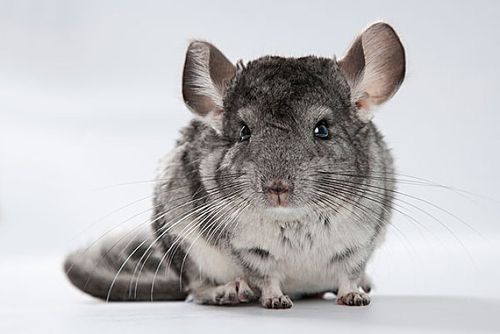
Chinchilla
Chinchilladale,Chinchilla,South American Chinchilla, Woolly Mouse
Chinchilla, also known as chinchilla, chinchilla, chinchilla, woolly mouse, ···
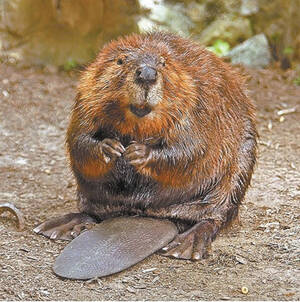
Aplodontia rufa
Aplodontia rufa,Mountain Beaver
The Mountain Beaver (Aplodontia rufa) has seven subspecies.Mountain beavers ···
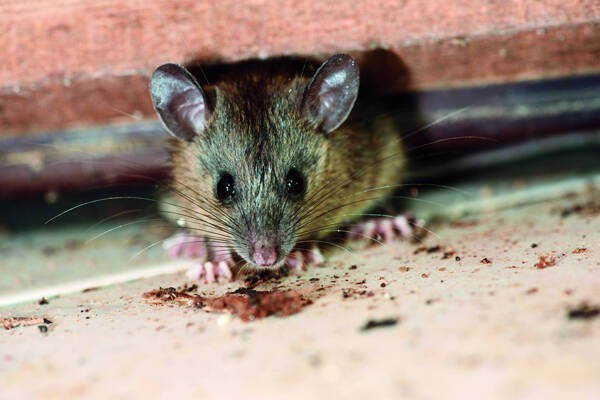
Niviventer coxingi
Niviventer coxingi,Niviventer culturatus,Coxing
The taxonomic status of this species is stable and there is little controver···
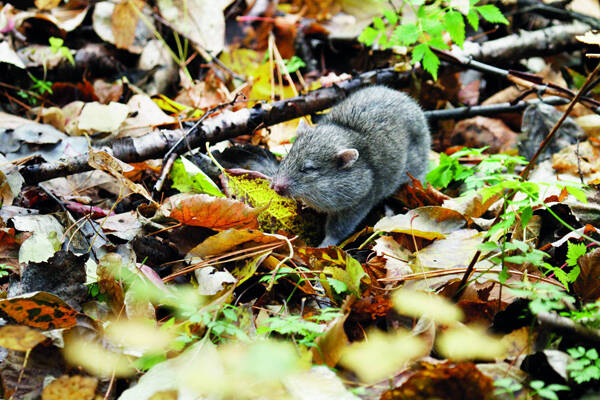
Cricetulus triton
Cricetulus triton,Grey hamster
The status of the giant hamster species is stable, and there are some differ···
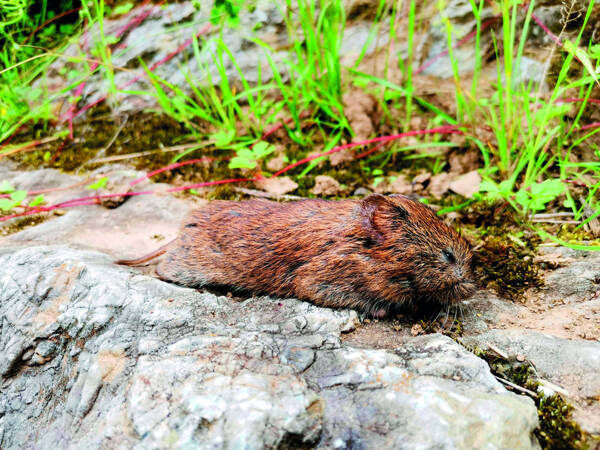
Proedromys bedfordi
Proedromys bedfordi,Arvicolinae
The species status is stable, but the genus status is somewhat controversial···
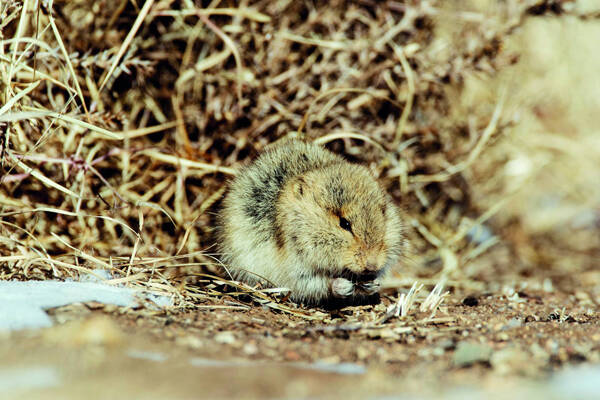
Lasiopodomys brandtii
Lasiopodomys brandtii,Sand vole, prairie vole, Blanche vole, Brandt's vole
The status of Brandt's vole species is stable, but there has been a long···
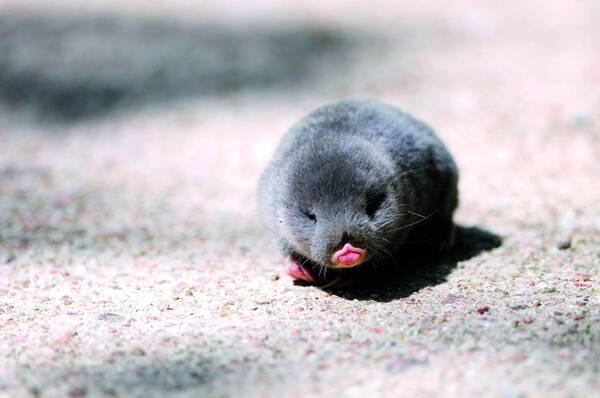
Eospalax rothschildi
Eospalax rothschildi,Southern zokor, ground mouse
The species status of Roth's zokor is stable, but the genus status is co···
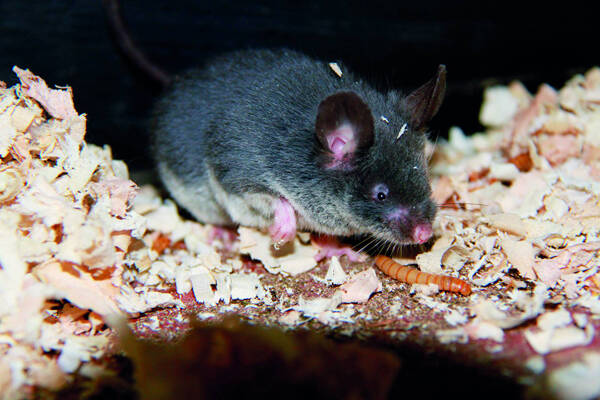
Typhlomys nanus
Typhlomys nanus,Gray blind mouse
The pig-tailed rat is a new species published by Cheng Bin et al. of Kunming···
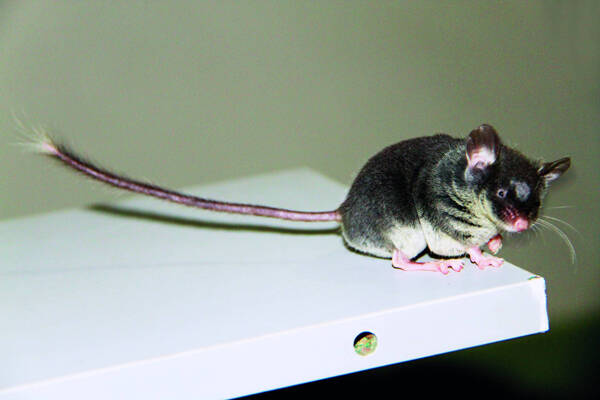
Pigtail rat
Pigtail rat,Wuyishan tailed rat, pig tailed rat, gray blind rat, blind rat
The genus-level and species-level taxonomic units of the Chinese pig-tailed ···
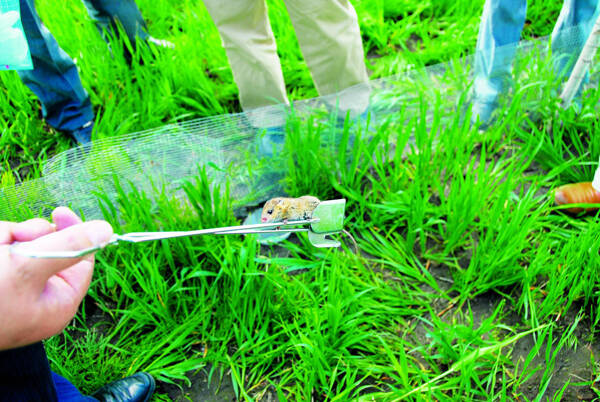
Sicista concolor
Sicista concolor,Small rat, rat, Chinese rat
The Chinese scissorium belongs to the subfamily Sicidinae of the family Jerb···
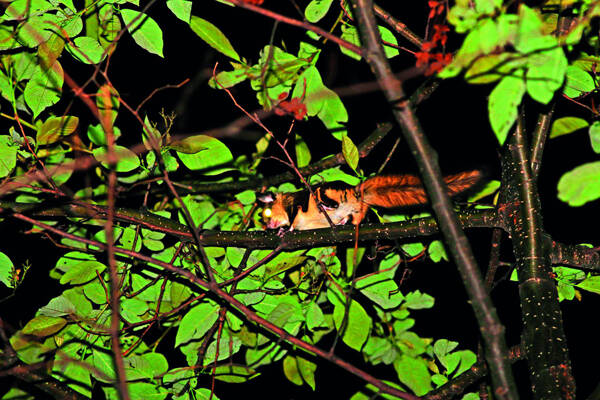
Hylopetes alboniger
Hylopetes alboniger, black and white flying squirrel, arrow-tailed black and white flying squirrel
The black-and-white flying squirrel is a small flying squirrel in southern C···
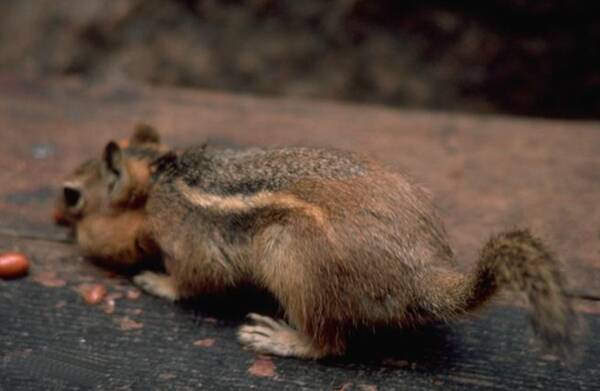
Sciurotamias forresti
Sciurotamias forresti,White-lined rock squirrel, White-throated rock squirrel, Forster's rock squirrel, Forster's rock squirrel
The body size of the side-striped rock squirrel is similar to that of the ro···
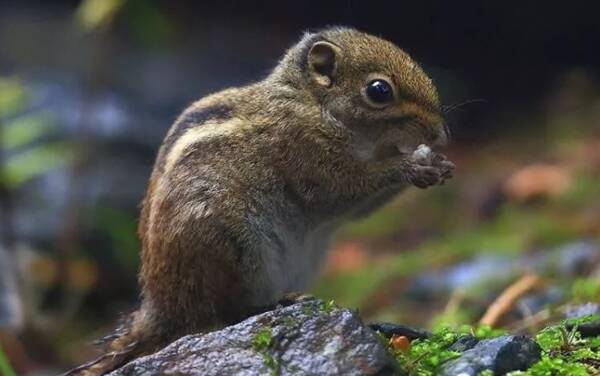
Menetes berdmorei
Menetes berdmorei,Multi-lined squirrel, line squirrel
There are six species of animals in the Sciuridae family, three species of s···

